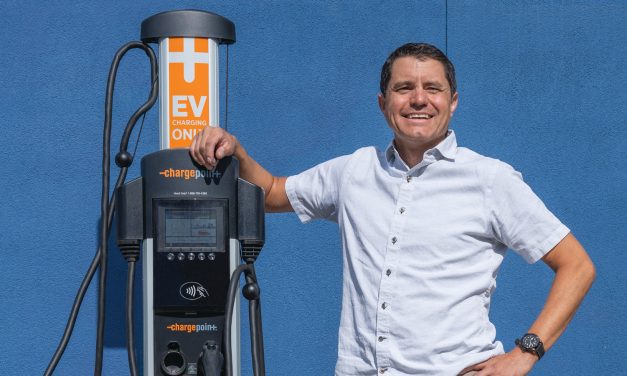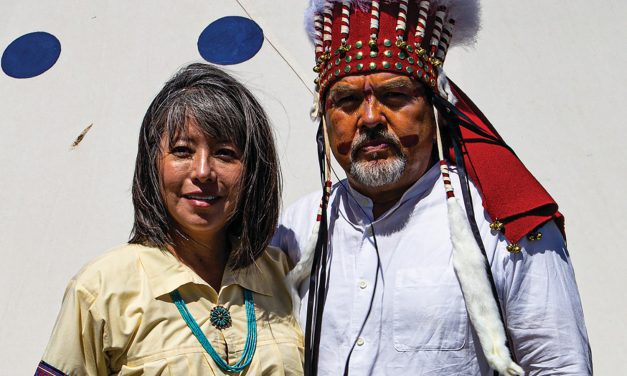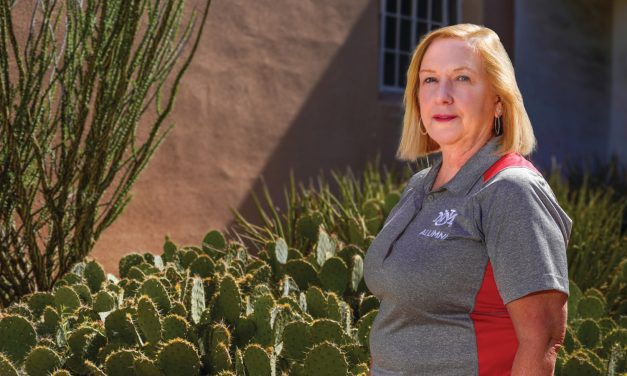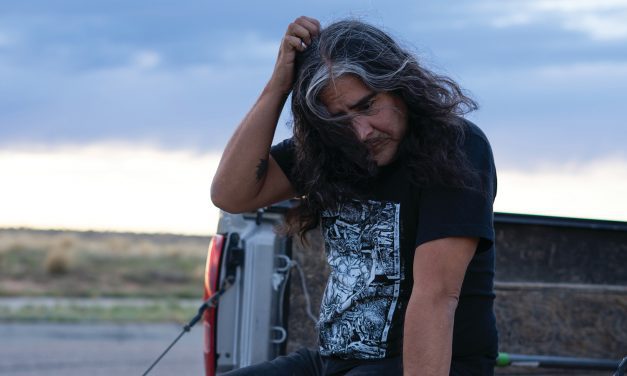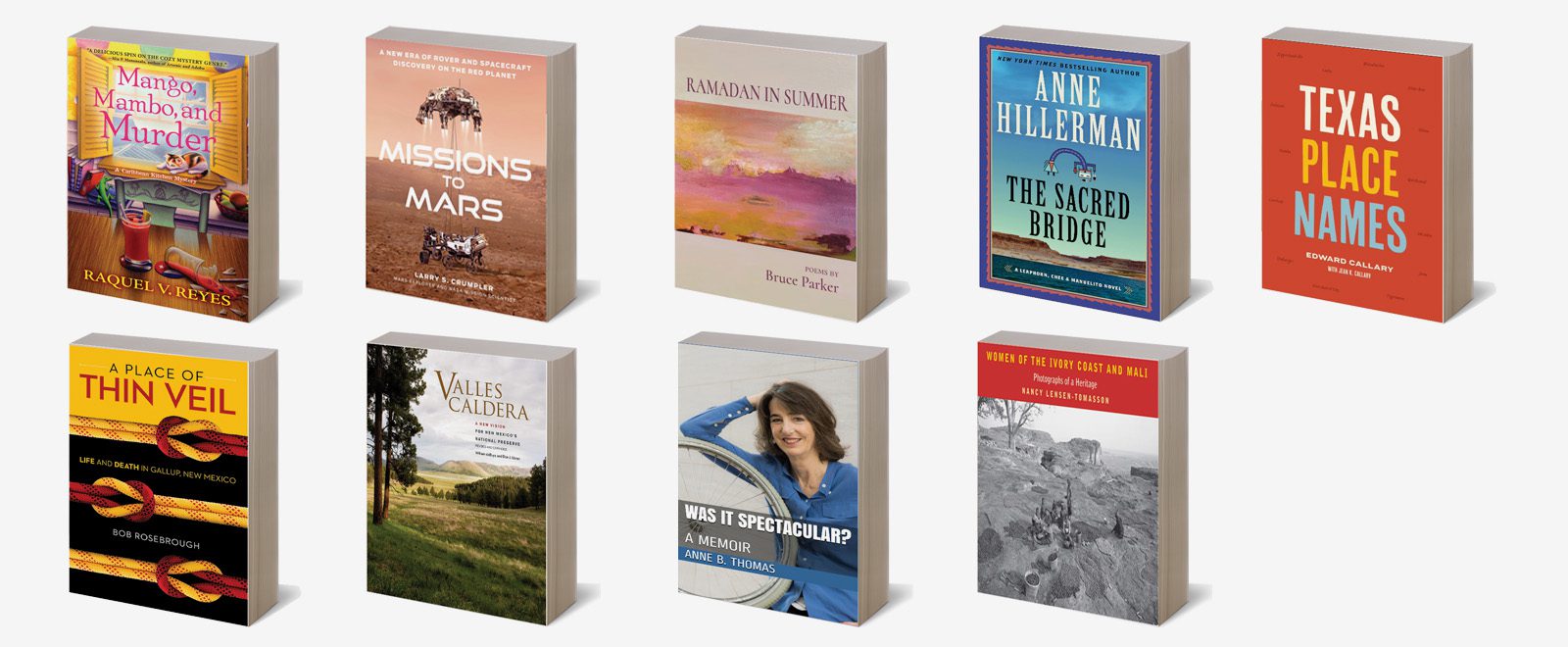
Shelf Life – Books by UNM Alumni

Anne Hillerman (’72 BA), who took up the Chee-Leaphorn mystery series after the death of her father, Tony Hillerman, brings the series into the serpentine coves of Lake Powell and the modern challenges of the COVID-19 pandemic and the marijuana industry in The Sacred Bridge (Harper, 2022). Lt. Leaphorn is still retired and suddenly acting frisky; Jim Chee is second in command at the Shiprock District of the Navajo Nation Police and wondering if it’s time for a change; and Bernadette Manuelito, his wife, is contemplating becoming a detective. The Sacred Bridge has everything a fan of the series could want: parallel plot lines with danger galore, side trips into Diné history and culture; and the deepening relationship between Chee and Manuelito. Yes, it’s a page turner, but it also offers the frequent surprise of perfect little sentences like this: “Driving another man’s truck felt odd, like wearing another person’s shoes.”
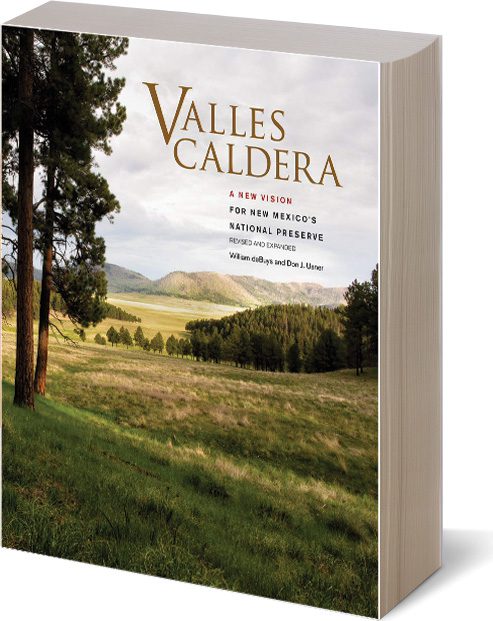
Don J. Usner (’91 MA) has been carrying on a love affair with the Valles Caldera in northern New Mexico for years. Usner, a photographer, brings his cameras to the special place every chance he gets and has documented the landscape through the years, seasons and change in land ownership. With author William deBuys, Usner published Valles Caldera (Museum of New Mexico Press) in 2006. Since then, the nearly 90,000-acre former ranch has become a part of the National Park Service and named Valles Caldera National Preserve. With a new preface, this revised and expanded edition is filled with photographs of the stunning 13-mile wide bowl created by a volcanic eruption more than a million years ago. The reverence Usner and deBuys hold for the land is imbued in the more than 200 pages of this large format book.
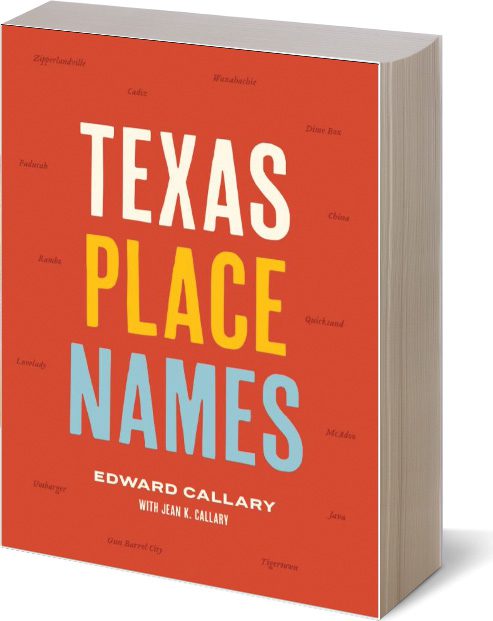
Edward Callary (’68 MA) is a professor emeritus at Northern Illinois University and Jean K. Callary is a writer and editor. The couple live in Austin, Texas, and have an apparent affinity for and take an obvious delight in the place names that dot the Lone Star State. In Texas Place Names (University of Texas Press, 2020) they divide the massive state into towns and counties, of which there are thousands, and list them alphabetically. There are 66 entries beginning with LA alone, including Lazbuddie (named after founding merchants Luther “Laz” Green and Andrew “Buddie” Sherley), which you might have driven through on your way East out of Clovis. It sits not far from Muleshoe, named — you guessed it — after a mule shoe a rancher found in early 1900 when he was considering names for his ranch. In these entertaining and informative (nearly 400) pages you can divine the origins of Ding Dong, Telephone and Bug Tussel as well as Grit, Uncertain, Frognot, Dimple and Dime Box.

The name Larry S. Crumpler (’97 MS) is well known to anyone with an interest in Mars. The planetary geologist – research curator of Volcanology and Space Science at The New Mexico Museum of Natural History, as well as member of the NASA Mars Perseverance Rover mission team — is so connected to Mars that one geographical location on the red planet has been unofficially named Larry’s Lookout. So who else to write a hefty 300-plus page tome on the exploration of Mars? Missions to Mars (Harper Design, 2021) is chock full of maps and color photos and narrated as only Crumpler could, with intimate knowledge of the Opportunity, Spirit and Perseverance rover missions. “Mission to Mars” also serves as a professional autobiography of Crumpler, who began his life in the space age peering at the sky through a telescope in his backyard and honed his interest in space while he was a graduate student in UNM’s Department of Geology. Crumpler takes through the story of Mars exploration from his first job in 1976 helping to choose the landing site of the Viking 2 Lander to his place on the Perseverance mission in 2020.
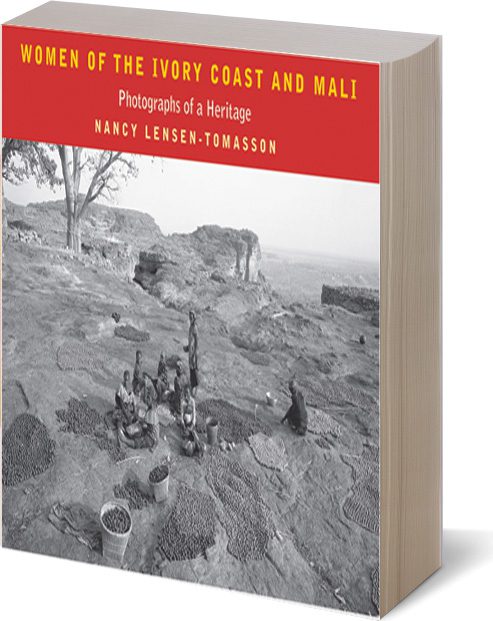
Nancy Lensen-Tomasson (’73 MA, ’78 MFA) was an associate professor of photography at Virginia Commonwealth University from 1979 to 1996. In 1989 she joined a group from the Parsons School of Design for five weeks of study in the Ivory Coast in West Africa. Her aim was to photograph women in their daily lives as she puts it, “revealing their communal, creative and spiritual contributions to their cultures.” In 1992, she joined a group from the Museum of African Art in New York for a stint in Mali, focusing on the cultures of the Bama, Bozo, Fulani and Gogan people. A lot has changed in Ivory Coast and Mali since then. Ivory Coast underwent civil war and Mali has undergone numerous military coups. Women cooking, dancing, tending yam fields, planting millet, weaving grass mats and firing pots fill the pages of Women of the Ivory Coast and Mali: Photographs of a Heritage (2021). In a foreword, Steve Yates, the founding curator of photography at the Museum of New Mexico, notes that the dozens of photographs collected in this book “stand as unique testimony now.”
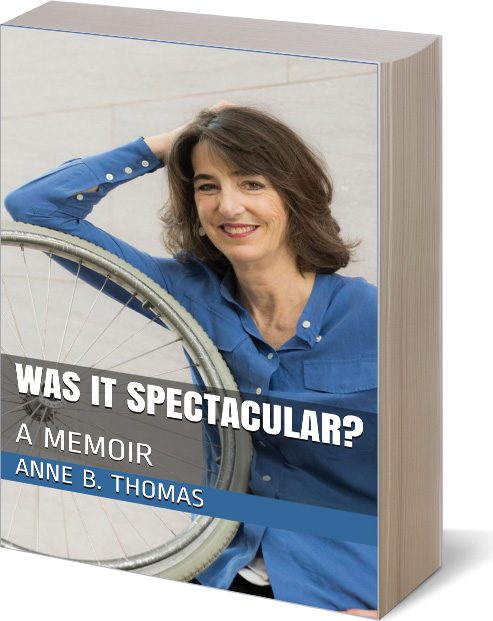
Anne B. Thomas (’80 BUS, ’83 JD) is 18 and just out of a long painful rehab for a broken spinal cord. Once again, she is in a doctor’s office for a complication from her injury, this time a urinary tract infection. The doctor looks at her file and says, “I think you need to seriously consider checking yourself into a nursing home.” It will prevent her from becoming a lifelong burden to her family, he says. Thomas is devastated and forms a steely resolve to prove him wrong. Paralyzed in a car accident in Spain in 1976, Thomas enrolls at UNM at 20 and begins to live an independent life that will take her to Washington, D.C., to work for the Equal Opportunity Commission and the World Bank. In Was it Spectacular? (Allison M. Yabroff, 2020), Thomas, who died in 2019, recounts her struggles and triumphs. In 1990, she returned to UNM and served as director of the Office of Equal Opportunity. “Ever since the accident,” Thomas writes, “I’ve listened to that voice inside me that guides me, urges me on, encourages me to try. There is no regret. The accident forged me, toughened me, drove me to achieve, to prove my worth. It’s been a good ride.” Proceeds of the book go to the Anne B. Thomas No Bounds Scholarship at the UNM Foundation.
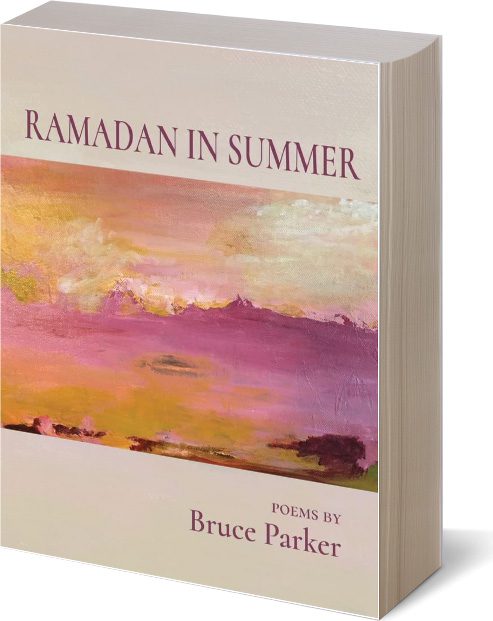
Bruce Parker (’81 MA) has collected two dozen poems in Ramadan in Summer (Finishing Line Press, 2022). Parker, worked abroad with the State Department, and his title poem explores the push and pull of fasting during Ramadan in Islamabad where he worked. In other poems, he explores the transitions and impermanence of life. “A Blameless Life” is short and elegant: “I sit/and nap/ in the hot sun, /still until/ my dream dries up, then/ go inside. Indoors I wake,/dodge the smother of sleep,/put it off./Call me into the shade,/mine a blameless/ life when my acts/are forgotten, this age/not held against me.”
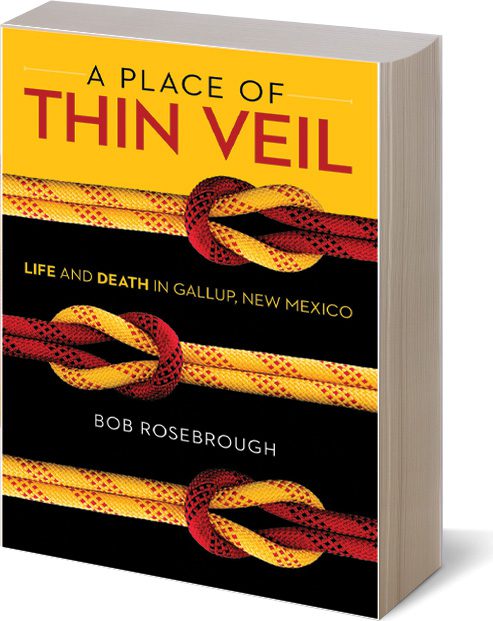
Bob Rosebrough (’75 BA, ’78 JD) describes his adopted hometown of Gallup, N.M., as simultaneously wonderful and terrible. Raised in Farmington, another border town, but more segregated between whites and Navajos, Rosebrough strikes out for Gallup after he graduates from law school, eager to make his way in an entirely different milieu. In A Place of Thin Veil (Rio Nuevo Publishers, 2022), which is as much Gallup’s memoir as Rosebrough’s, the lawyer who will become mayor recounts the western outpost’s history, demography and geography as he writes about his own life’s path. Key to Rosebrough’s understanding of Gallup are some seminal events: in 1973 when Larry Casuse, a Navajo UNM student, kidnapped Gallup’s mayor hostage at gunpoint in City Hall and then was shot to death; in the 1980s when Gallup’s problems with alcohol gain nationwide attention; and during Rosebrough’s terms as mayor as he works for alcohol reform. “I find myself thinking that while some of the terrible side of Gallup is obvious to most,” Rosebrough writes, “the wonderful side is equally real, even though it’s less apparent to the outsiders.”
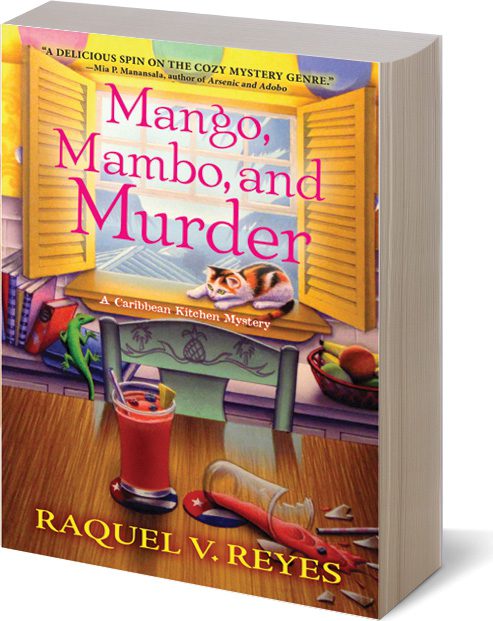
Miriam Quinones Smith, a dissertation away from a PhD in anthropology from New York University, is adrift in Miami, the hometown of her husband. Staying home with her toddler and trying to assimilate into the Miami social scene, she is drawn into intrigue when a country club luncheon ends with a tablemate dead, face-down in her banquet chicken salad. Mango, Mamba, and Murder (Crooked Lane, 2021), the first outing of Raquel V. Reyes (’92 BAFA) moves quickly and brightly, with Spanish sprinkled generously and warm repartee between Quinones Smith and her best friend from childhood, Alma Diaz, a fellow Cubana. When Alma gets arrested for the socialite’s death, the mystery swings into stride.
Attention Published Alumni Authors:
We would like to add your book to the alumni library in Hodgin Hall and consider it for a review in Shelf Life.
Please send an autographed copy to:
Shelf Life, UNM Alumni Relations
1 UNM, MSC01-1160, Albuquerque, NM 87131
Class News
LatestClass Notes – Fall 2022
News, notes and updates from UNM Alumni...
Fall 2022 Mirage Magazine Features
In A Solid State
UNM grad helps spark electric vehicle revolution…
Read MoreCourageous Career
Opera singer pivots to performance coaching…
Read MorePretty Good At Math
Alumnus caps computing career with prestigious prize…
Read MoreTelling A Story
Alumna heads up museum devoted to the American Indian experience…
Read MoreFamily Affair
Alumni board president keeps UNM ties tight…
Read MoreAnd the Winner Is…
Alumni take home a Grammy and a Pulitzer for music…
Read More




